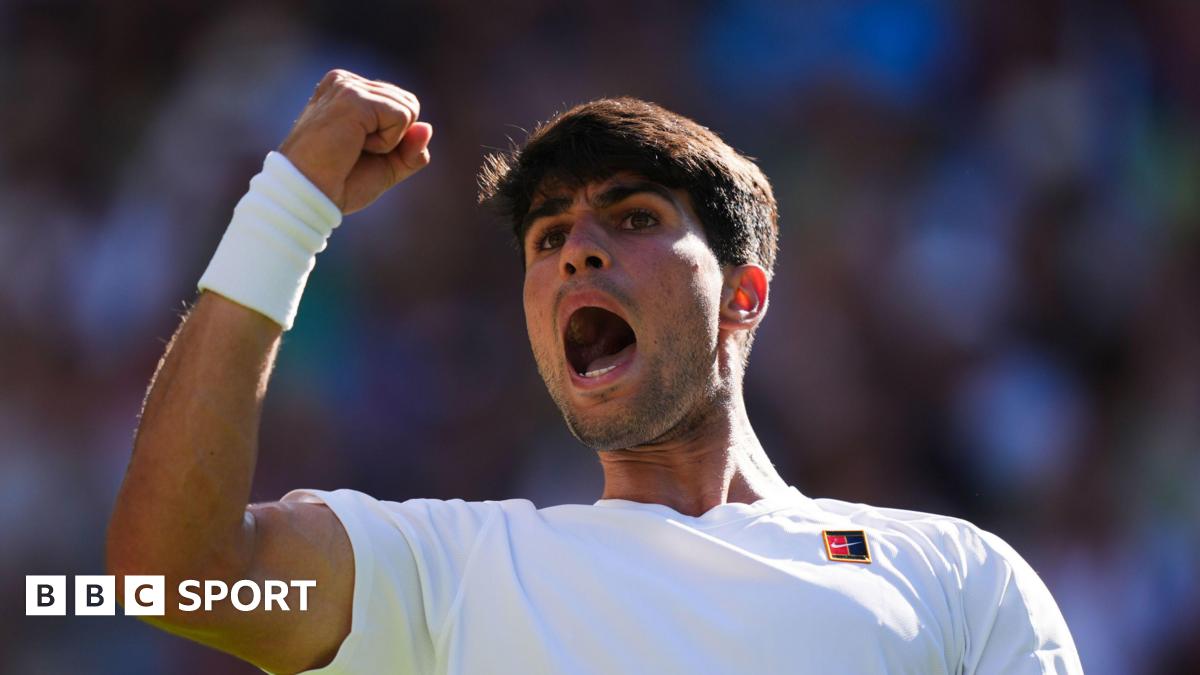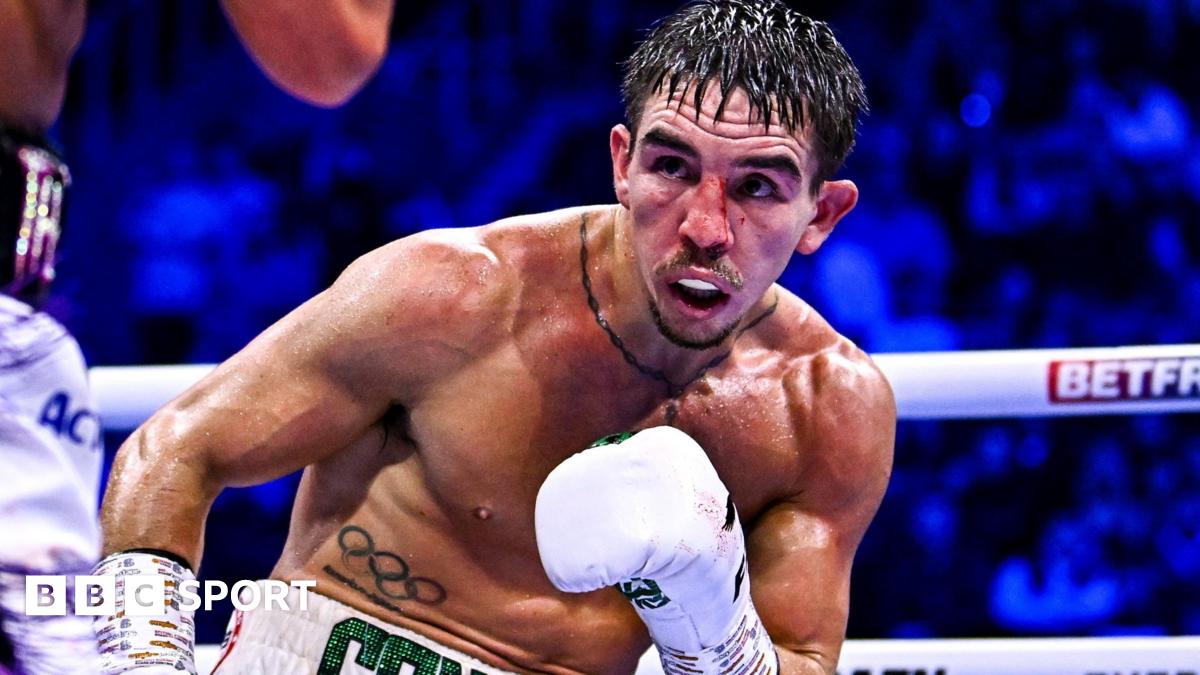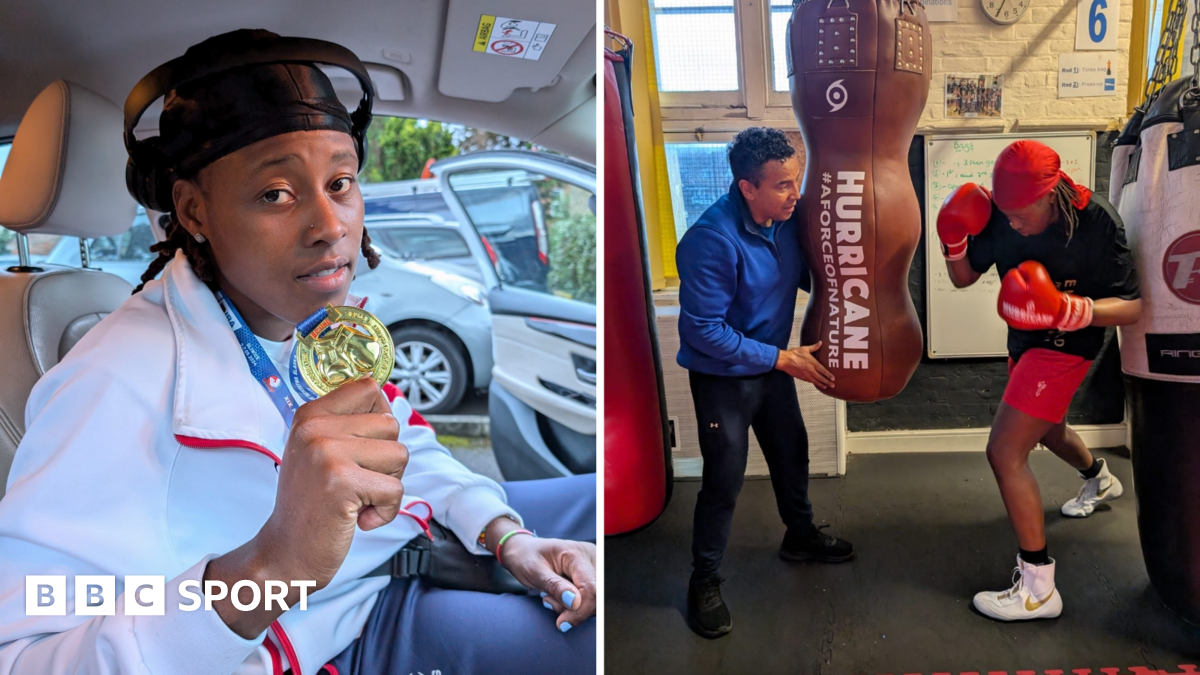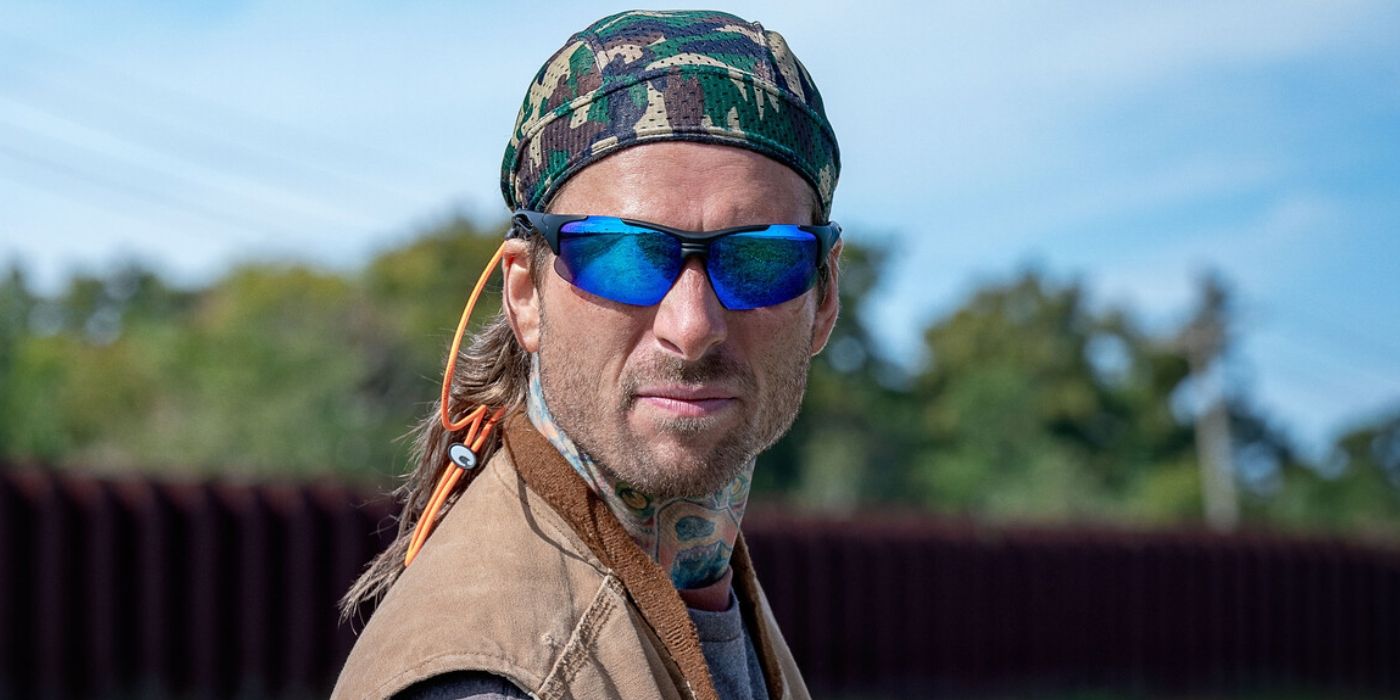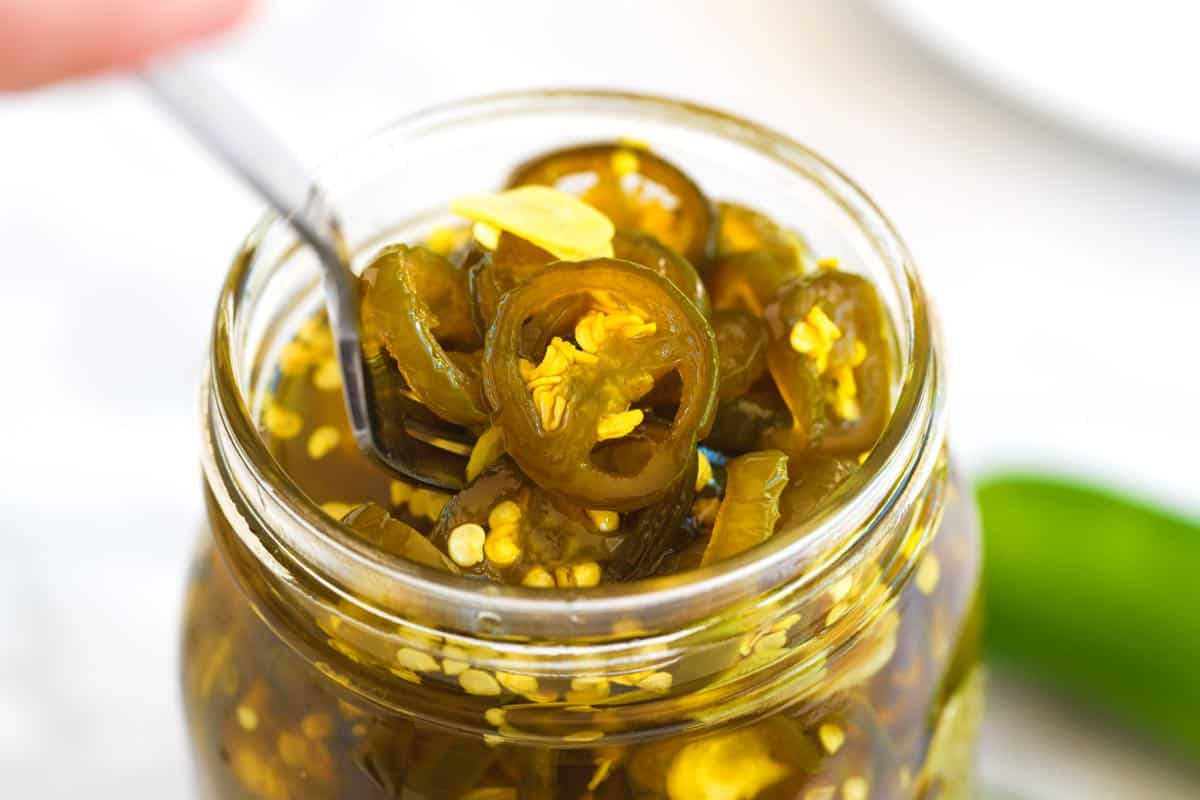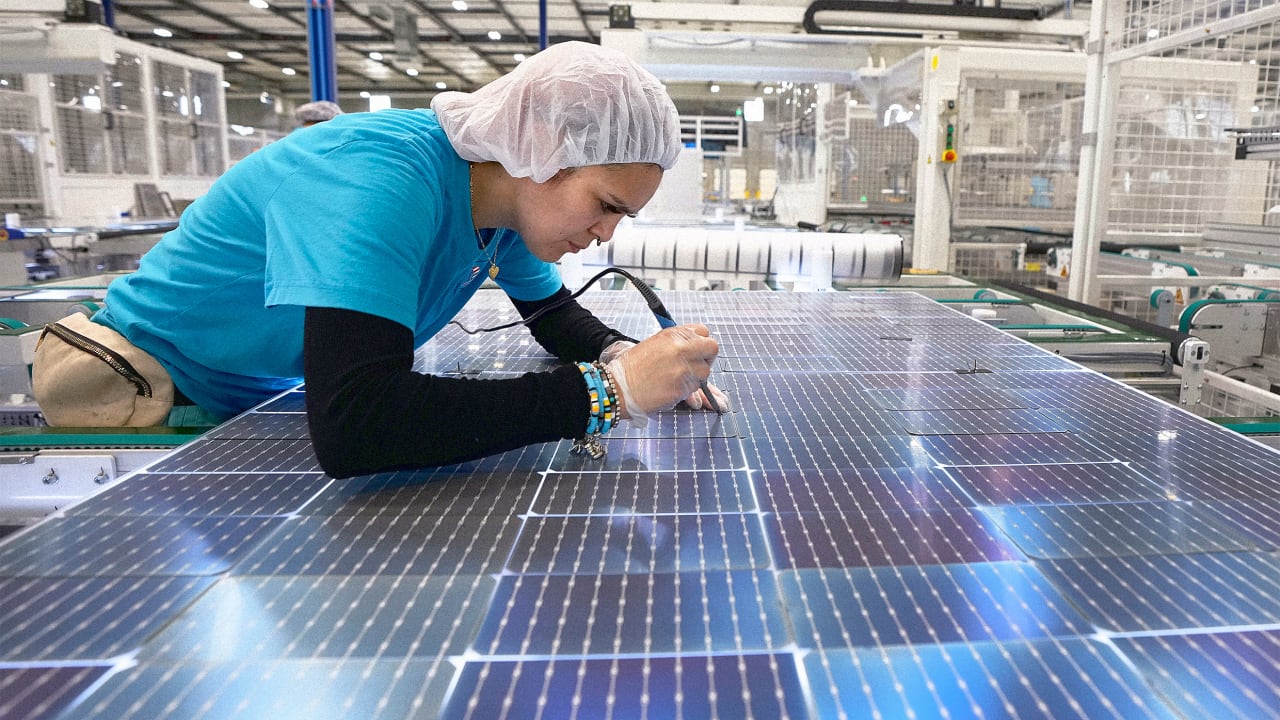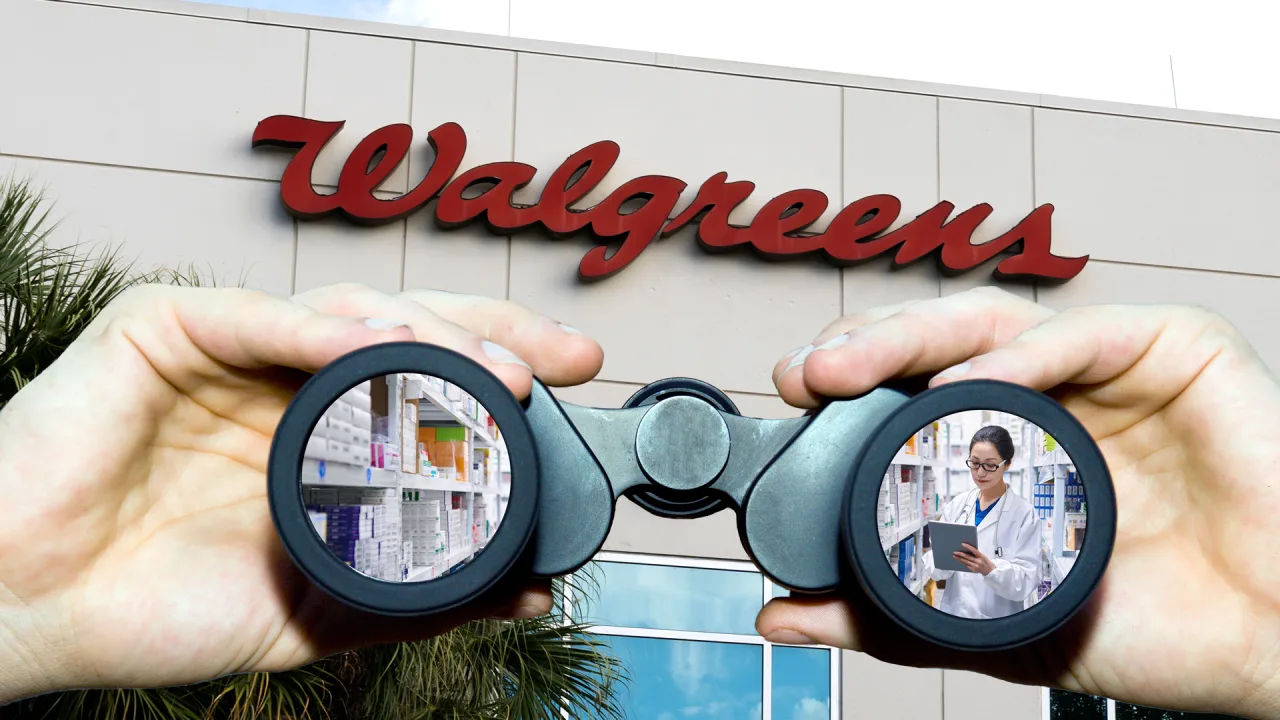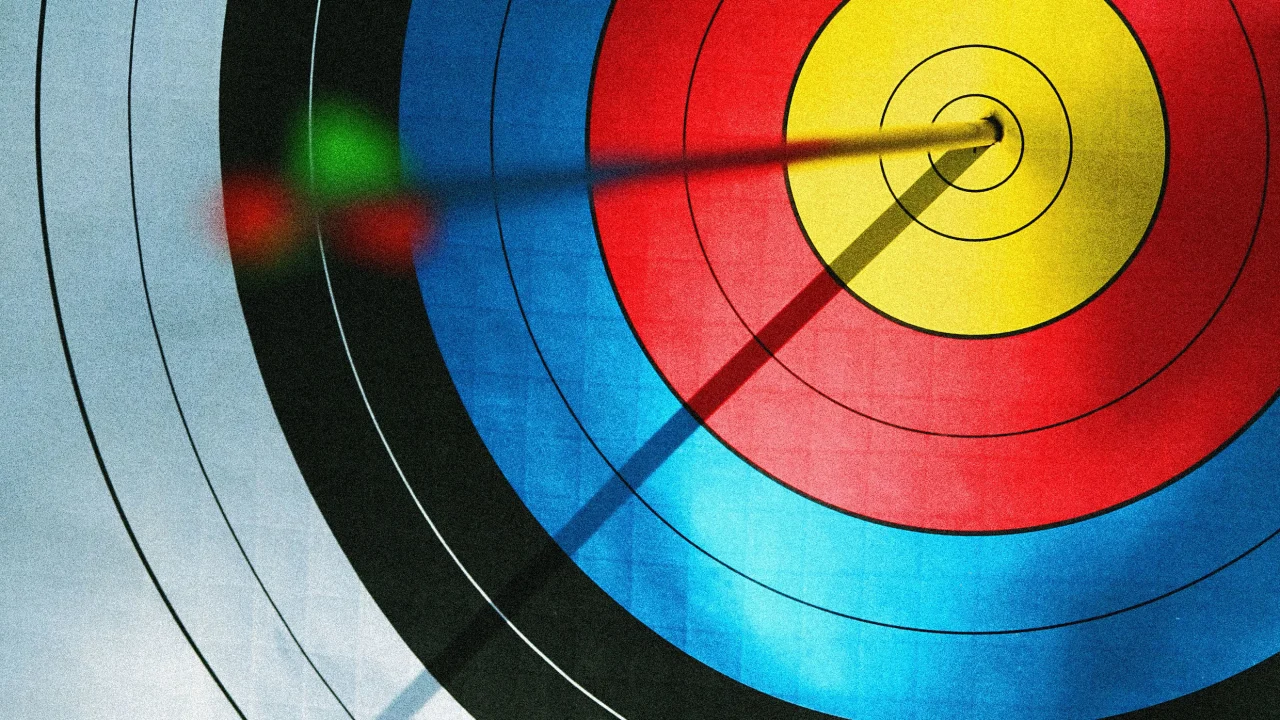Master How to Take Food Photos Like a Pro for Stunning Results

Key Takeaways

- Importance of Food Photography: High-quality food images significantly enhance online engagement, increase brand awareness, and attract customers on social media platforms.
- Lighting Techniques: Utilize natural light for best results, avoiding harsh shadows and saturated colors. Experiment with angles and reflectors to enhance image clarity and depth.
- Composition & Styling: Apply the rule of thirds for balanced shots and include relevant background elements. Thoughtful food styling and use of props can elevate visual appeal and brand storytelling.
- Equipment Essentials: Invest in quality cameras and accessories such as tripods and reflectors to improve image sharpness and lighting control.
- Diverse Angles and Perspectives: Experiment with different angles, from overhead shots to close-ups, to create engaging compositions that showcase textures and height.
- Editing for Impact: Optimize photos by adjusting brightness, colors, and sharpness. Consistent editing styles create brand recognition and enhance audience connection.
In today’s visually-driven world, capturing mouthwatering food photos can elevate your culinary creations and engage your audience like never before. Whether you’re sharing on social media or creating a blog, the right techniques can make your dishes pop off the screen. You don’t need to be a professional photographer to take stunning shots; with a few simple tips, you can transform ordinary meals into eye-catching images.
The Importance Of Food Photography

Food photography plays a critical role in enhancing your small business’s online presence across various social media platforms. Captivating images attract attention, encourage engagement, and help showcase your culinary creations effectively. Engaging food images can significantly increase organic reach and brand awareness on platforms like Instagram, Facebook, and TikTok.
High-quality photos encourage social media engagement, making your posts more shareable and visually appealing. They elevate storytelling for your brand, allowing you to connect with your audience emotionally. Strong visuals can boost customer interaction, driving comments and shares, which enhance your content marketing strategy.
Using food photography alongside proper hashtags and optimized captions increases the chances of reaching potential customers. Well-composed images capture the essence of your dishes and reflect your brand voice, essential for maintaining brand consistency.
Incorporating food photography into your marketing campaigns also enhances social media ads’ effectiveness. Eye-catching visuals improve engagement rates, attracting more social media followers and potential customers. Whether posting on Instagram stories or Facebook groups, striking food images make your content stand out.
By leveraging food photography effectively, you create appealing narratives that not only entice customers but also build community around your brand. As you incorporate these visuals into your content calendar, expect to see growth in user-generated content and positive customer feedback, further solidifying your brand’s reputation in the competitive online landscape.
Key Elements Of Food Photography

Effective food photography plays a crucial role in capturing attention on various social media platforms. By applying key techniques, you can elevate your food images, increase your organic reach, and enhance your online presence.
Lighting Techniques
Utilize natural light for the best results. Shooting near a large window allows you to capture indirect sunlight, producing a natural and appetizing look. Avoid direct sunlight as it creates harsh shadows and oversaturated colors. If you work indoors without access to natural light, mimic it by positioning your artificial light source to replicate the angle of your window light. Experiment with side and backlighting to create depth; bouncing light off materials like polystyrene boards, tinfoil, or small mirrors can enhance the image appeal. Consider using golden hour light, as it provides soft, warm tones that enhance color and detail in your food shots.
Composition Tips
Focus on the composition of your images to enhance storytelling. Use the rule of thirds to create balanced and visually appealing photos. Positioning your subject off-center often leads to a more engaging shot. Incorporate different angles, such as overhead or eye-level, to showcase your food uniquely. Ensure to include relevant elements in your background that complement your dish without distracting from it. A well-composed image draws viewers in, encouraging social media engagement and increasing shares across platforms like Instagram and Facebook.
Styling Your Food
Invest time in food styling to capture attention. Consider color contrast; vibrant ingredients can make the dish pop against neutral backgrounds. Use props like utensils, napkins, or decorative items to add context and depth. Group similar items for a cohesive look; multiple dishes can create a dynamic shot that showcases your offerings. Garnishing dishes with fresh herbs or drizzling sauces can add a finishing touch that elevates the photo’s appeal. Thoughtfully styled food images increase brand awareness, making your content more shareable and engaging, ultimately helping you build a community around your culinary creations.
Equipment You Need

To capture captivating food photos that enhance your small business’s online presence, investing in the right equipment is crucial. Quality images can significantly improve social media marketing efforts on platforms like Instagram and Facebook, amplifying organic reach and brand awareness.
Camera Options
A high-quality camera isn’t mandatory for great food photography. A second-hand DSLR from reputable brands like Canon, Sony, or Nikon serves perfectly as an entry-level option. Full-frame cameras deliver superior image quality, while cropped sensor models can still produce fantastic results at a lower cost.
Mirrorless cameras also work well, providing portability and advanced features. Opting for a versatile model that fits your budget helps ensure you capture mouthwatering images that resonate with your audience.
Essential Accessories
You benefit greatly from specific accessories that enhance your food photography. Consider these essential items:
- Tripod: A sturdy tripod stabilizes your camera, reducing shake and ensuring sharp images, especially in low-light conditions.
- Reflectors: Reflectors help manipulate light, softening shadows and enhancing the overall illumination of your food shots.
- Lightbox: Using a lightbox creates controlled lighting conditions, perfect for taking clear, well-lit photos for social media posts or content marketing.
- Props and Backgrounds: Incorporate props, plates, or textured backgrounds to make your images pop, boosting engagement rates on social media platforms.
Using the right equipment and accessories lays the foundation for high-quality food photography, ultimately enhancing your brand’s storytelling and presence across social media networks.
Techniques For Taking Stunning Food Photos

To capture visually appealing food images, focus on several techniques that enhance your small business’s online presence. Effective photography can significantly elevate your social media marketing strategy, increasing brand awareness and engagement.
Angles And Perspectives
- Choose diverse angles for fresh perspectives. Overhead shots provide a clean view of dishes, while side angles highlight layers and textures.
- Experiment with low angles to emphasize height and detail, making food look more appetizing.
- Shift between close-ups and wider shots to vary the visual storytelling, engaging your audience on platforms like Instagram and Facebook.
- Apply the rule of thirds by aligning your main subject along intersections for balanced and compelling compositions.
Using Natural Light
- Utilize natural light as your primary source for stunning images. Position your setup near windows for soft, flattering illumination.
- Avoid intense overhead lights or camera flash, which can create harsh shadows and alter colors.
- Monitor the time of day; early morning and late afternoon offer the best natural lighting for vibrant photos.
- Use reflectors to bounce light onto your culinary creations, enhancing shine and detail. This optimized lighting approach promotes organic reach and increases social media engagement, making your posts more appealing to followers.
Editing Your Food Photos

Editing food photos enhances their visual appeal and optimizes them for social media platforms. Use photo editing software or apps to adjust brightness, contrast, and saturation. Bright and vibrant colors attract attention, making them ideal for posts on Instagram, Facebook, and TikTok.
- Crop Strategically: Focus on the food subject by cropping unnecessary elements. A well-cropped image directs viewers’ attention and improves composition.
- Adjust Exposure: Increase exposure slightly to brighten images, ensuring they feel inviting. Use this adjustment carefully to avoid overexposure, which can wash out colors.
- Enhance Colors: Amplify the natural colors by adjusting saturation. Rich colors resonate well with audiences and enhance brand awareness.
- Apply Filters: Use filters sparingly to maintain authenticity. Select soft filters that enhance the image without overpowering the real food colors.
- Sharpen the Image: Increase sharpness to highlight textures in the food. This technique is especially effective for food with intricate details, encouraging user engagement.
- Add Text: Incorporate branding elements and hashtags directly into the image. Text can improve clarity and increase the likelihood of it being shared in social media campaigns.
- Use Consistent Edits: Maintaining a consistent editing style across posts creates a recognizable brand voice and aids in community management. Your audience will connect better with your content, leading to improved engagement rates.
- Export in Optimal Formats: Use high-quality formats when exporting files for social media. Square images work well on Instagram, while rectangular images are better suited for Facebook posts and Instagram stories.
Integrating these editing tips ensures your food photos not only look professional but also align with your small business’s social media marketing strategy. High-quality images lead to increased organic growth and enhance your online presence, ultimately supporting your content creation efforts.
Conclusion

Mastering food photography can significantly elevate your culinary creations and online presence. By applying the techniques discussed you can transform simple meals into eye-catching visuals that engage your audience.
Remember to experiment with lighting angles and composition to find what works best for you. Investing in the right equipment and accessories will further enhance your results.
Editing your photos thoughtfully can make a substantial difference in how they’re perceived on social media. With practice and creativity you’ll not only attract attention but also build a community around your brand. So grab your camera and start capturing those delicious moments.
Frequently Asked Questions

Why is food photography important for my business?
Captivating food photography enhances your online presence by attracting attention and fostering engagement on social media platforms. High-quality images showcase culinary creations effectively, making your content more shareable and appealing, which ultimately boosts brand awareness and community building.
Do I need professional skills to take good food photos?
No, you don’t need professional skills. Simple techniques, such as using natural light, experimenting with angles, and employing effective food styling, can help you capture visually appealing images that engage your audience.
What equipment should I use for food photography?
While a professional camera is great, entry-level DSLRs or mirrorless cameras can produce excellent results. Essential accessories include tripods, reflectors, lightboxes, and various props to enhance image quality and visual appeal.
What are some tips for effective food styling?
Utilize vibrant ingredients and thoughtful props to enhance the visual appeal of your dishes. Adding garnishes and arranging components strategically can elevate the presentation and attract attention in your photos.
How can I improve my food photos in editing?
Use photo editing software to adjust brightness, contrast, and saturation for vibrant colors. Cropping and exposure adjustments improve composition, while sharpening details can enhance textures. Consistent editing styles will strengthen your brand identity online.
What angles should I use for food photography?
Experiment with different angles, like overhead shots for a clean view and side angles to highlight layers. Low angles can emphasize height, while a mix of close-ups and wider shots enriches visual storytelling, making your images more engaging.
Image Via Envato
This article, "Master How to Take Food Photos Like a Pro for Stunning Results" was first published on Small Business Trends
What's Your Reaction?
 Like
0
Like
0
 Dislike
0
Dislike
0
 Love
0
Love
0
 Funny
0
Funny
0
 Angry
0
Angry
0
 Sad
0
Sad
0
 Wow
0
Wow
0







































